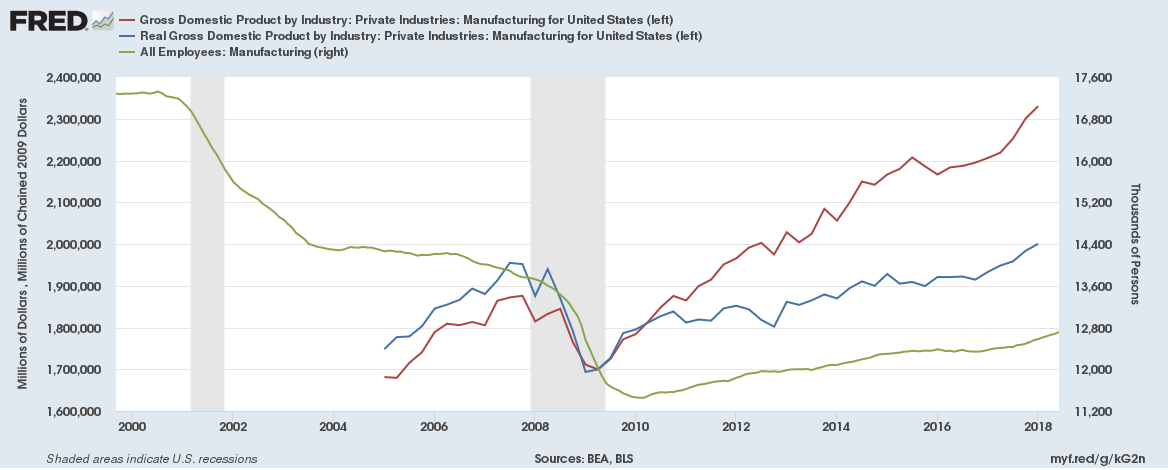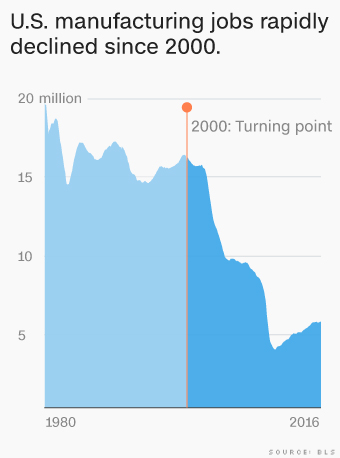
You will be an industrial designer and create innovative products for your home, office, or industry. You'll find information about your job duties, education and training requirements, as well as the possible salary. In addition, you'll discover how to get started in this field, and explore the various career paths available. Also, learn about the benefits of this job, including its potential for advancement. You'll be well-prepared for a rewarding career in design once you have completed your education.
Your job duties
The Industrial Designer is responsible for conceptualizing new products and services by integrating business, art, and engineering skills. They must ensure that brand strategies are aligned with their designs. A portfolio of successful industrial designers must be well-rounded and have experience in the field. Industrial Designers should have strong computer-aided designing software skills and creativity in incorporating new technology into products.
Industrial Designers, as part and parcel of their work, are responsible for the development of design concepts and regulations. They must have excellent analytical and problem-solving skills and must be able to effectively communicate design concepts to cross-functional teams. They should be able work with engineers and create CAD models. Industrial Designers will need to be proficient not only in computer-aided designing software but also in Microsoft Office, Solidworks, Keyshot and Keyshot.
Education is required
A background in industrial design programs is beneficial for job seekers looking for a career in this area. Students can create an electronic portfolio to showcase their design skills through such programs. Industrial designers may also be able to earn a Master of Business Administration degree. This helps them improve their business acumen as well as better understand the limitations of products. Industrial designers apply their analytical skills to understand customer needs and reason to invent new products and services.
The type of industrial design job desired will dictate the educational requirements. A bachelor's degree is required for industrial designers. Some schools offer an industrial design degree, but others don't. Not only should candidates take courses on business and design but they also need to be able to study mathematics, computer science and engineering. To show potential employers, it is important that you have a portfolio. And as with all design jobs, there are many opportunities for advancement and career growth.
There are many career opportunities

If you are interested to be an industrial designer, there are several entry-level job opportunities at design firms and manufacturing companies. The next step is to apply for design department heads or chief designers, and you will be able to move up the ladder. Whatever position you decide to pursue, any opportunity to practice your design skills will be helpful. These are just a few of many entry-level positions that industrial designers can take.
An industrial designer will usually have a bachelor's degree. Employers are more interested in candidates with a background of drawing and graphics. These skills can be useful for job applications. In some instances, employers may prefer candidates with 3D modeling and CADD skills. A skilled industrial designer, whether you're an architect, civil engineer or engineer, will be needed to be able to draw, render, and present their work to decision makers.
Salary
The annual salary of an industrial designer varies depending on the educational background and experience. A person who has a Masters or Doctorate degree in industrial design typically earns more that $75,019 per year. A Bachelor's Degree earns less. Industrial designers often move on to managerial positions. Here are some tips for increasing your salary. First, read through the job description thoroughly and understand your exact salary expectations.

Industrial Designers get an average salary of $62,315, however, the actual amount might be higher or lower. The U.S. Bureau of Labor Statistics states that top earners are those who make more than $106,000 a year in this field. But, this is only an estimate. Your experience, industry, and work location will all impact your salary. After you have identified your skills and your location, you will want to examine the compensation for your industry.
FAQ
Why should you automate your warehouse?
Modern warehouses have become more dependent on automation. E-commerce has brought increased demand for more efficient and quicker delivery times.
Warehouses need to adapt quickly to meet changing needs. Technology investment is necessary to enable warehouses to respond quickly to changing demands. Automation of warehouses offers many benefits. Here are some of the reasons automation is worth your investment:
-
Increases throughput/productivity
-
Reduces errors
-
Increases accuracy
-
Boosts safety
-
Eliminates bottlenecks
-
Companies can scale more easily
-
Makes workers more efficient
-
The warehouse can be viewed from all angles.
-
Enhances customer experience
-
Improves employee satisfaction
-
It reduces downtime, and increases uptime
-
You can be sure that high-quality products will arrive on time
-
Removing human error
-
It ensures compliance with regulations
What are the 4 types manufacturing?
Manufacturing is the process by which raw materials are transformed into useful products through machines and processes. It can involve many activities like designing, manufacturing, testing packaging, shipping, selling and servicing.
What skills do production planners need?
Being a production planner is not easy. You need to be organized and flexible. Communication skills are essential to ensure that you can communicate effectively with clients, colleagues, and customers.
Statistics
- According to the United Nations Industrial Development Organization (UNIDO), China is the top manufacturer worldwide by 2019 output, producing 28.7% of the total global manufacturing output, followed by the United States, Japan, Germany, and India.[52][53] (en.wikipedia.org)
- In 2021, an estimated 12.1 million Americans work in the manufacturing sector.6 (investopedia.com)
- [54][55] These are the top 50 countries by the total value of manufacturing output in US dollars for its noted year according to World Bank.[56] (en.wikipedia.org)
- Many factories witnessed a 30% increase in output due to the shift to electric motors. (en.wikipedia.org)
- In the United States, for example, manufacturing makes up 15% of the economic output. (twi-global.com)
External Links
How To
How to Use Six Sigma in Manufacturing
Six Sigma is defined as "the application of statistical process control (SPC) techniques to achieve continuous improvement." Motorola's Quality Improvement Department in Tokyo, Japan developed Six Sigma in 1986. Six Sigma is a method to improve quality through standardization and elimination of defects. Many companies have adopted Six Sigma in recent years because they believe that there are no perfect products and services. Six Sigma aims to reduce variation in the production's mean value. If you take a sample and compare it with the average, you will be able to determine how much of the production process is different from the norm. If the deviation is excessive, it's likely that something needs to be fixed.
Understanding the nature of variability in your business is the first step to Six Sigma. Once you have a good understanding of the basics, you can identify potential sources of variation. Also, you will need to identify the sources of variation. Random variations happen when people make errors; systematic variations are caused externally. You could consider random variations if some widgets fall off the assembly lines. But if you notice that every widget you make falls apart at the exact same place each time, this would indicate that there is a problem.
Once you identify the problem areas, it is time to create solutions. It might mean changing the way you do business or redesigning it entirely. You should then test the changes again after they have been implemented. If they didn't work, then you'll need to go back to the drawing board and come up with another plan.